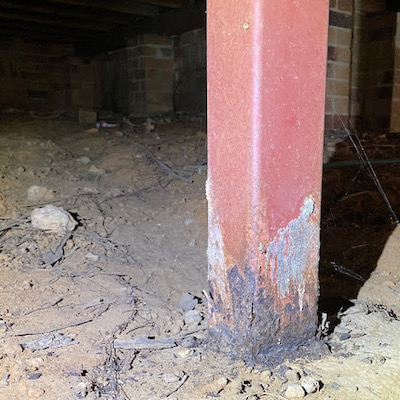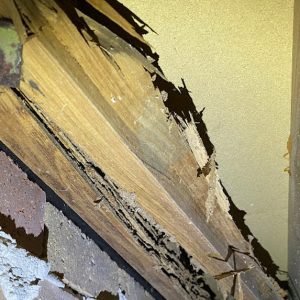When it comes to the maintenance and safety of buildings, understanding the difference between major and minor defects is crucial. These classifications help property owners, inspectors, and contractors prioritise repairs and ensure the safety and longevity of a structure. In this blog post, we’ll delve into the definitions and examples of both major and minor defects.
What is a Major Building Defect?
A major defect is a grave concern that significantly impacts the structural integrity or safety of a building. Such defects can pose a serious threat to the health and safety of the occupants. If left unaddressed, they can lead to extensive damage, making the building unsafe for habitation. Due to their severity, major defects necessitate immediate attention and rectification.
Examples of Major Defects:
- Structural Issues: This includes cracks in load-bearing walls, sagging or bowing floors, and substantial foundation problems.
- Safety Hazards: Examples are electrical hazards, gas leaks, inadequate fire safety measures, and unstable balustrades or handrails.
- Waterproofing Failures: Severe roof leaks or water ingress that damages the building’s structure fall under this category.
- Pest Infestations: Situations like extensive termite damage or other infestations that jeopardise the building’s integrity are considered major defects.
 What is a Minor Building Defect?
What is a Minor Building Defect?
On the other hand, a minor defect, while still noteworthy, is less severe and doesn’t immediately threaten the building’s safety or structural integrity. Although these defects might not be urgent, addressing them in a timely manner can prevent them from escalating into major issues in the future.
Examples of Minor Defects:
- Superficial Cosmetic Issues: These can be small cracks in non-load-bearing walls, chipped paint, or minor scratches on the floor.
- Plumbing Issues: Minor plumbing leaks or drips are typical examples.
- Non-critical Electrical Issues: These might include non-functioning light switches or minor outlet malfunctions.
- Roofing Concerns: Small roof tile repairs that don’t lead to significant leaks are considered minor defects.
- Moisture Issues: Minor moisture stains on ceilings or walls fall under this category.
Whether major or minor, defects in a building require attention. While major defects demand immediate action due to their potential risks, minor defects, though less urgent, should not be overlooked. Regular inspections and timely maintenance can help in early detection and rectification, ensuring the safety and longevity of the property.
**Protect Your Investment with BPI Gold Coast**
Your property is one of your most significant investments. Don’t let defects, whether major or minor, compromise its value or safety. At BPI Gold Coast, we specialise in thorough building and pest inspections to ensure your property is in top condition. Trust our experienced team to identify and guide you through any potential issues before they escalate.
**Ready for peace of mind?**
Schedule your inspection with BPI Gold Coast today and ensure your property stands strong and defect-free for years to come.




